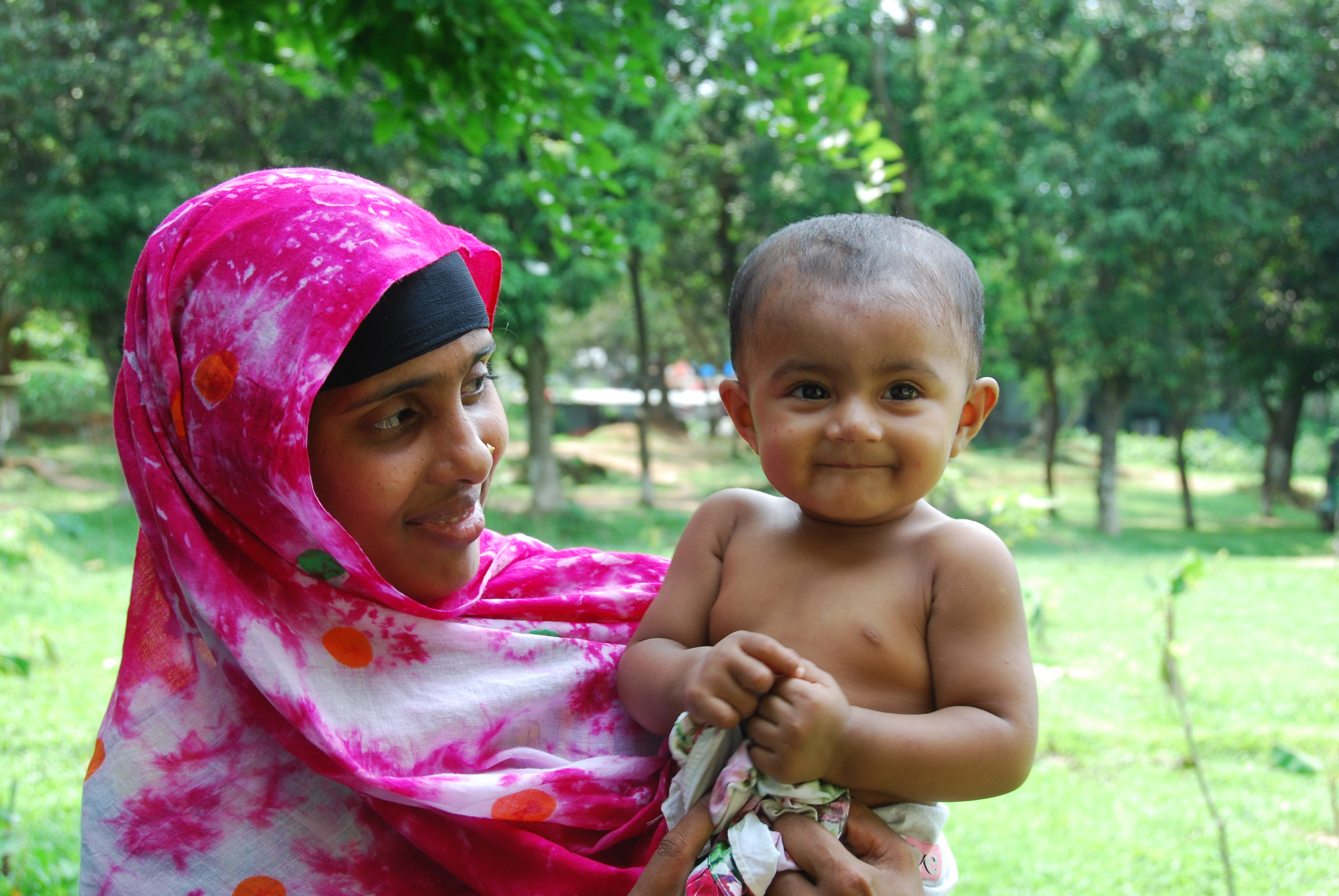Media release
From: WEHIThe way anaemia is diagnosed worldwide could change for the first time in 50 years, following a landmark study led by WEHI researchers.
The findings have been used by the World Health Organization (WHO) to revamp their global guidelines for the condition, which could change the anaemia diagnosis for millions of people across the world.
At a glance
- WEHI study helps transform WHO guidelines for anaemia diagnosis, marking the first time these strategies have been revised in half a century.
- Key changes to the guidelines could impact the way children and people of different ethnic groups are screened for the condition.
- The guidelines will provide the first set of thresholds that could consistently be used by health practitioners around the world, paving the way for more efficient ways to diagnose and treat the disease.
Anaemia affects over 1.5 billion people around the world, including about 1 in 20 Australians.
It occurs when a person lacks oxygen-carrying red blood cells (haemoglobin) and iron.
The blood disorder is a major public health concern that mainly affects low and middle-income countries, where the condition remains one of the most avoidable causes of illness and death.
While symptoms commonly include severe fatigue and shortness of breath, if left untreated, the condition can also cause heart problems, pregnancy complications and even death.
In 2014, WEHI researchers began a study at the request of the WHO, to formally review its global anaemia guidelines that were last updated in 1968.
Study lead and Acting WEHI Deputy Director, Professor Sant-Rayn Pasricha, said while anaemia can be diagnosed by measuring the amount of haemoglobin in the blood, there is currently no consensus on the thresholds that should be used to define the condition.
“Currently, a patient can be diagnosed with anaemia at one clinic but not the other – even within the same city,” Prof Pasricha, also a haematologist and the Head of WEHI’s Anaemia Research Lab, said.
“As people living with anaemia often need ongoing treatment, every anaemia misdiagnosis causes unnecessary costs and pain.
“While the WHO guidelines are a key resource for health professionals in treating anaemia, experts also depend on other sources like medical textbooks and leading medical societies to guide patient treatment – but these resources can have varying information.”
The revised WHO guidelines help to alleviate this critical challenge by providing a clear set of haemoglobin thresholds that could, for the first time, be uniformly used to harmonise the diagnosis and treatment of anaemia for billions of people worldwide.
“We hope these new guidelines will be adopted as the new global advice and help to reduce the health burden that continues to be inflicted by anaemia across the world,” Prof Pasricha said.
Unprecedented data
While some of the previous WHO guidelines remain unchanged, there could be significant changes to the way children and people of different ethnic backgrounds are screened for anaemia.
To define the new haemoglobin thresholds, researchers analysed the data of hundreds of thousands of healthy individuals from countries like the United States, the Netherlands, Bangladesh, the United Kingdom and Australia.
“Children weren’t included in the 1950’s study that underpinned the previous anaemia guidelines, highlighting how limited this data was,” Prof Pasricha said.
“Having included healthy children in our study, we found that the haemoglobin threshold for kids should be slightly reduced.
“This may seem like a small change, but it will translate to millions of children no longer being classified as anaemic and needing treatment.”
The researchers also conducted one of the largest genetic studies of its kind, in collaboration with WEHI’s Professor Melanie Bahlo.
“Some countries in Asia and Africa have queried whether they should have separate haemoglobin thresholds due to the common belief that people from these ethnic backgrounds are at higher-risk of anaemia,” Prof Pasricha said.
“We found no solid evidence to support changing the current recommendation based on ancestral background.”
Reducing the health burden
The World Health Organization hopes to halve the global prevalence of anaemia by 2025.
Dr Maria Nieves Garcia-CasaI, a scientist at the WHO’s Department of Nutrition and Food Safety, says the new guidelines will be a critical step towards achieving this.
“The WHO has prepared these guidelines following a rigorous process for gathering and analysing evidence, while incorporating the perspectives of experts from around the world,” she said.
“We recognise that the alleviation of anaemia falls within many fields of public health – including nutrition, disease control, healthy pregnancies, blood donations, transfusion medicines and genetics. These guidelines will be influential across all of these domains.”
In 2020, the World Health Organisation recognised the longstanding partnership with, and expertise of, Prof Pasricha’s team and designated WEHI as the WHO Collaborating Centre for Anaemia Detection and Control. This research was conducted as part of this collaboration.
The new guidelines are published on the WHO website. A commentary piece by Prof Pasricha’s team that provides further insight into the changes is also published in The Lancet.
The study, “Haemoglobin thresholds to define anaemia from 6 months to 65 years”, is published in The Lancet Haematology (DOI:10.1016/S2352-3026(24)00030-9).



